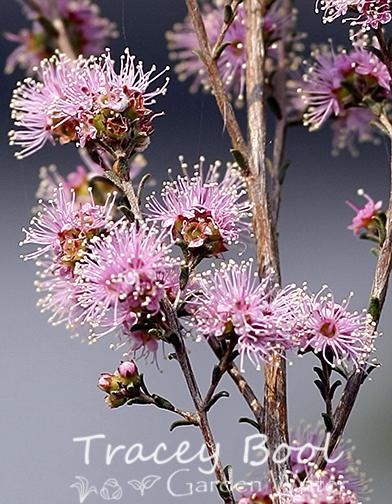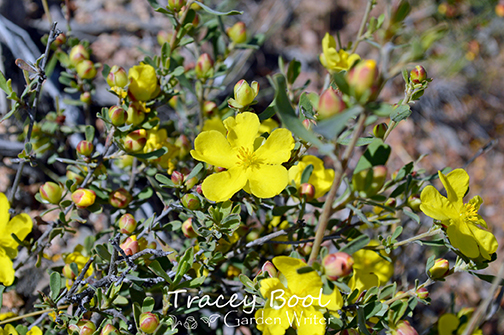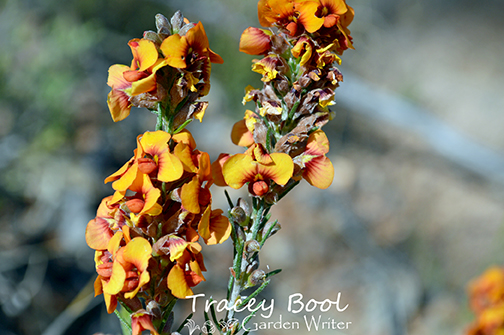|
In Flower this Week:
Lovely Locals (6 November 2014) This spring has proven a cracker for local native plants and flowers, and if you haven’t already done so, I highly recommend you get out and enjoy their lovely show before summer hits and they run out of puff. The following are three of my favourites, all of which lend themselves to suburban horticulture: Kunzea parvifolia, a seemingly insignificant and ho-hum shrub much of the year, is a show-stopping spray of colour when in flower during late spring and early summer. Its gentle pink flowers are anything but gaudy, and would easily lend themselves to floristry applications (grow your own though, leave indigenous specimens just as they are: entire and untouched for all to appreciate). This humble local species, commonly known as Violet kunzea, grows in full sun to dappled shade in rambling drifts in urban parklands, roadsides and bush. It has an open growth habit and reaches up to 2m high and 1m wide. Kunzea parvifolia tolerates exposed soils and dry conditions once established, and can be grown in backyard situations providing its needs are met. Hibbertia obtusifolia, or Guinea flower, is a small growing shrub to around 40cm, displaying vibrant yellow flowers during spring and autumn. This gregarious plant has a bushy habit and lends itself well to domestic garden applications, including foreground plantings and seasonal flower displays. H. obtusifolia grows in full sun to partly shaded aspects, and as with most indigenous plants, has adapted to low phosphorous soils, so be mindful of which additives you use - if any - when growing them. Dyllwynia sericea, the Showy parrot-pea, is a small shrub to 1m high and wide. The sun-like flowers are exquisitely detailed, and occur over an extended season during spring and summer (I could stare mesmerized by their beauty indefinitely if time or UV levels were more accommodating). They occur naturally in open sclerophyll forests with moderate to well-drained soils of granite, sandstone or clay origin. Dyllwynia sericea tolerates prolonged dry relatively well and is a useful habitat & fodder plant for wildlife. It also makes for a lovely potted specimen. There’s an invaluable field guide available for identifying local flowering plants called Flowers of the ACT & Region: A Field Guide (2005), by Don and Betty Wood. The detailed photos are grouped via flower colour (conveniently marked on the page margins), which is particularly helpful to those with limited plant knowledge. Each entry includes botanic and common names, approximate height and flowering time/s. There is also an asterisk preceding those which aren’t indigenous to the region – including ‘weeds’. |
Kunzea parvifolia
Hibbertia obtusifolia
Dyllwynia sericea
|



